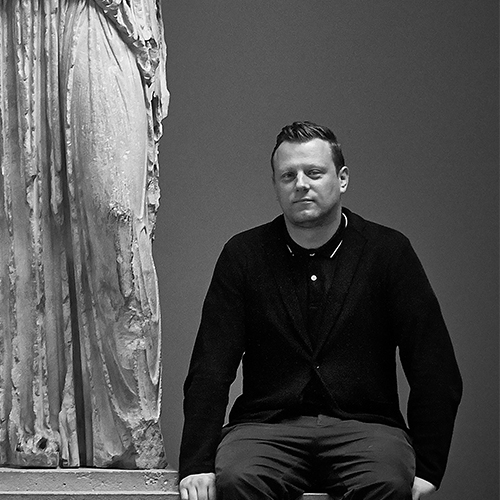Chris Michaels, Digital Director at the National Gallery, discusses digital as an integral part of a museum’s broader strategy and vision, and explains how technology can help connect visitors to the museum objects they encounter in meaningful ways.
Acknowledging that there is no perfect map for museum digital strategy, he shares his belief in embedding digital into the heart of museum’s broader strategy to deliver value to audiences. With a background at digital agencies, in publishing and educational app development, Michaels explains that while his path into the museum world was not planned, it followed as digital began to change the ways people behave and how institutions offer services to their audiences. Noting the impact of the kindle on how readers read while working in publishing, and seeing the impact of iPads and Netflix while working in television, Michaels realized the potential and potency of digital in the cultural sector through his work at the British Museum. He led projects at the British Museum that utilized digital to deliver on the founding vision of the museum, making its collection and stories accessible to global audiences through online extensions. Recognizing that you can only fit so many people in a museum, he speaks of the ability of technology to expand audiences as more and more of the world gets access to the internet.
Speaking of Virtual Reality, Michaels reiterates the importance of digital to not change the way a person encounters an object, but to enhance it and to offer unique experiences otherwise not possible. He explains that the projects he’s led in Virtual Reality directly address problems encountered by students. By putting an ancient object in a museum, he explains, you’re taking it out of its original context. Moreover, there is limited ability to visit ancient sites or temples in which many museum objects were originally used. Projects like the VR Bronze Age roundhouse experience humanizes objects and brings them back to the space in which they existed. Creating apps that can be accessed at home and extend the museum’s reach, “extra museum experiences” like the VR exhibit Two Million Years of History and Humanity, enables users to do what in real life only a curator gets to do – handle ancient objects.
Finally, he discusses user research and the study of various data sources to generate insights into audience behaviors. Looking at behaviors and insights across audience segments, there’s an ability to bring the voices of audiences into the institution. Acknowledging that digital transformation has not always been easy, Michaels speaks to his excitement that, with opportunities now in social media, mobile, VR data, and the growing enthusiasm within the cultural sector, it is now time for museums to create brilliant work that leverages digital to deliver on their visions.
